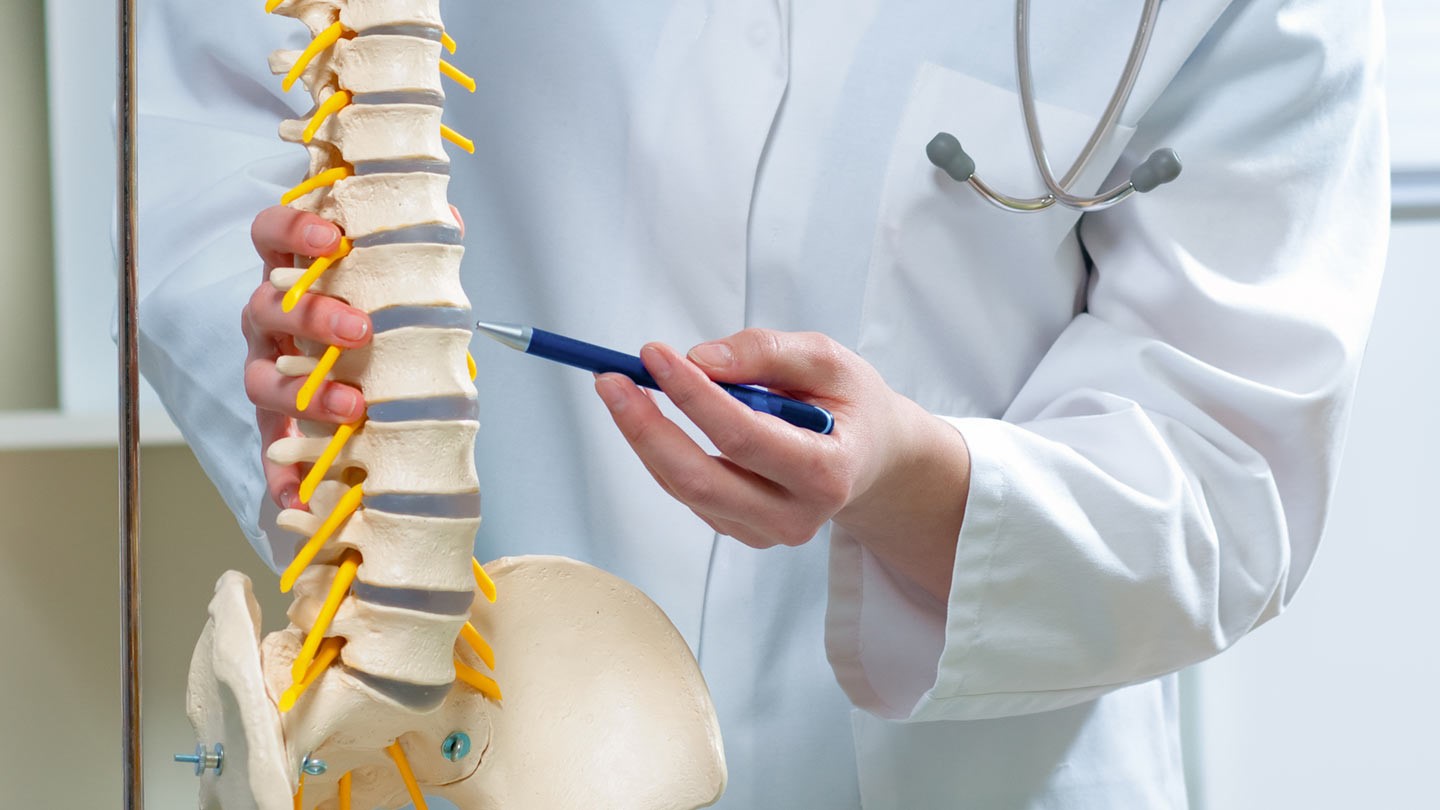Living with spinal stenosis can feel like a never-ending fight. The steady back torment, the deadness in your legs, the trouble faced in walking indeed brief distances—it all takes a toll. For numerous, conventional spine surgery feels like an overwhelming alternative due to long recuperation times and the dangers included. But presently, therapeutic headways are advertising a game-changing elective: minimally invasive spinal surgery.
This progressive approach is reshaping spinal care by giving viable alleviation with essentially less injury to the body. Whether you're considering minimally invasive surgery for spinal stenosis or exploring your choices, understanding these show day methodologies may be the to begin with step towards recuperating a pain-free life.
Spinal stenosis is a condition where the spaces inside your spine become constrained, putting weight on the nerves. This can happen due to age-related degeneration, joint pain, herniated plates, or indeed hereditary qualities. The most common indications include:
If remain untreated, spinal stenosis can seriously affect portability and generally quality of life. Numerous patients discover themselves maintaining a strategic distance from exercises they once enjoyed simply because of the pain. Conventional open spine surgery was once the as it were choice, but presently, minimally invasive spinal surgery is advertising a way better way forward.
For decades, open surgery was the standard for treating spinal stenosis, but it regularly included long cuts, noteworthy muscle disturbance, and expanded recuperation periods. Nowadays, minimally invasive surgery for spinal stenosis is changing the narrative . This progressed strategy includes utilizing little entry points and specialized tools to get to and treat the influenced spine range. Spine surgeons depend on real-time imaging to explore the spine with exactness, decreasing the chance of complications.
Benefits | Minimally Invasive Surgery Spinal Stenosis |
| Pain Relief (5 years) | 60% - 80% satisfaction rate |
| Functional Improvement (5 years) | Significant improvement in mobility and daily activities |
| Risk of Reoperation (5-10 years) | Low, around 10% |
| Patient Satisfaction | High, due to faster recovery and minimal scarring |
| Complication Rate | Lower compared to traditional surgery |
| Adjacency Segment Disease | Similar rate to traditional surgery |

Depending on the severity and location of spinal stenosis, different surgical techniques may be recommended. Some of the most common include.
Let’s investigate the most common ones and see how they vary from conventional methods.
Lumbar discectomy, also referred to as keyhole surgery lumbar spine or endoscopic surgery involves the passage of tiny cameras and instruments through fairly small incisions in the spinal area. This approach is of first-rate importance in conditions like herniated discs, and spinal stenosis because it enables the elimination of the tissue producing headaches; however the most vital is that handiest is removed without interfering with the other related tissues.
In some conditions muscles or the spine put pressure and the spinal canal narrows down. This painful condition of spinal compression could be relieved with the help of a minimally invasive back surgery of spinal stenosis. This procedure helps to reduce the compression caused by the muscles.
One of the most common shapes of negligibly obtrusive spine surgery is the discectomy. A discectomy is performed when an understanding has a herniated circle that is squeezing on the nerve, causing pain , deadness, or shortcoming. The strategy includes expelling the part of the plate that is bulging out and squeezing on the nerve, regularly through a little incision.
Spinal combination is a method utilized to connect two or more vertebrae in the spine to block movement between them, regularly due to conditions like degenerative plate infection . Whereas conventional spinal combination requires a huge entry point to get to the spine, the negligibly obtrusive adaptation involves little cuts and specialized devices to perform the procedure.
Decompression surgery is commonly performed to calm weight on the spinal line or nerve roots. It’s as a rule required for conditions like spinal stenosis, where the spinal canal contracts, or for herniated circles squeezing on nerve roots. In conventional decompression surgery, expansive entry points are made, and the specialist expels a portion of the bone or circle to soothe pressure.
These strategies are performed by exceedingly prepared spine surgeons, numerous of whom are recognized among the top spinal surgeons in the UK.
When considering minimally invasive surgery for spinal stenosis, selecting the right spinal specialist is pivotal. The ability and encounter of your spinal surgeon can enormously affect the result of your strategy. Mr. Irfan Malik take pride in offering cutting-edge negligibly obtrusive procedures. His objective is to give each patient with a personalized treatment arrangement to guarantee the best conceivable comes about.

If you're enduring from spinal stenosis and non-surgical therapies haven't given help, it may be time to consider minimally invasive spine surgery for spinal stenosis. Candidates for these methods ordinarily incorporate people who:
Spinal stenosis doesn’t have to characterize your life. With the headways in minimally invasive spinal surgery, compelling alleviation is inside reach. Do not hold up until the torment gets to be unbearable—take action nowadays. Mr. Irfan Malik, master of spinal surgery is prepared to direct you through the journey to recuperation. If you're looking for the best spinal surgeon in the UK, look no further.
Schedule a consultation with Mr. Irfan Malik nowadays and take the first step toward a more advantageous, pain-free future.
Research and Insights
Explore a collection of our research and scholarly articles. Each publication reflects our commitment to advancing knowledge and contributing to the field.
Copyright © 2025 All rights reserved Mr. Irfan Malik